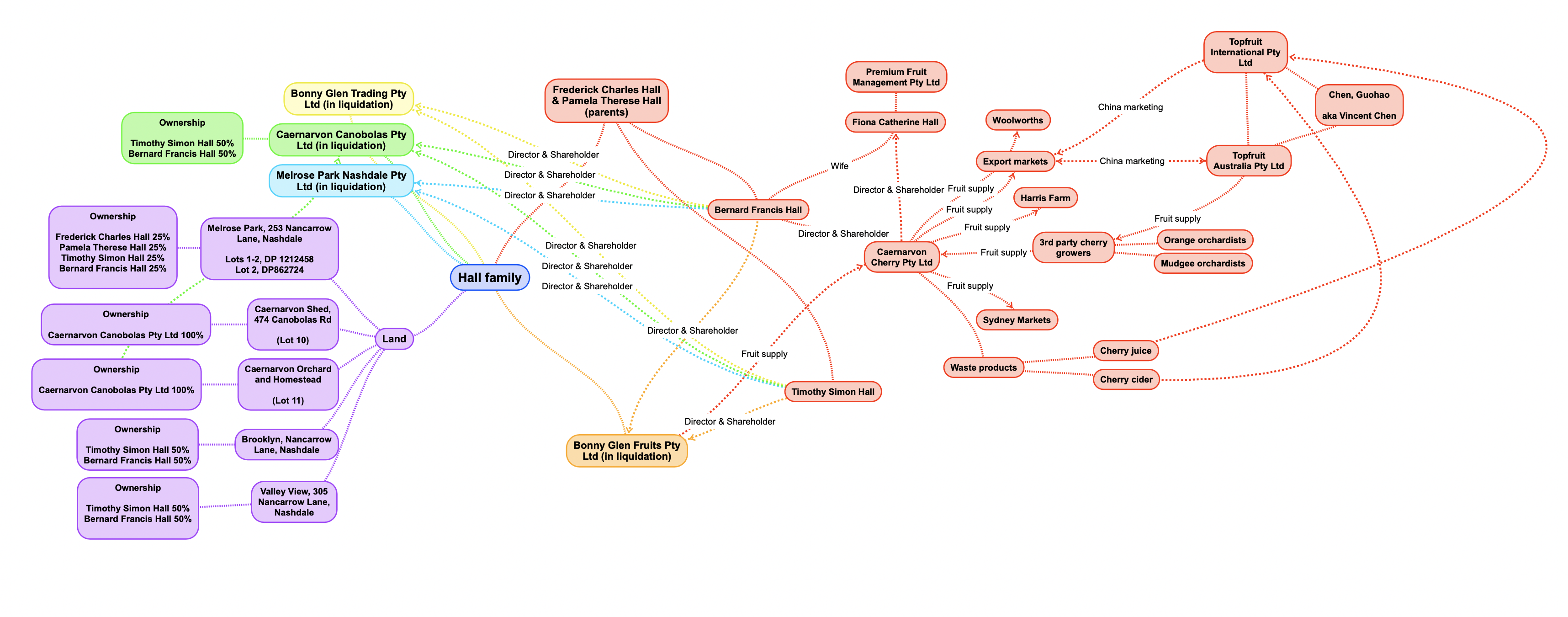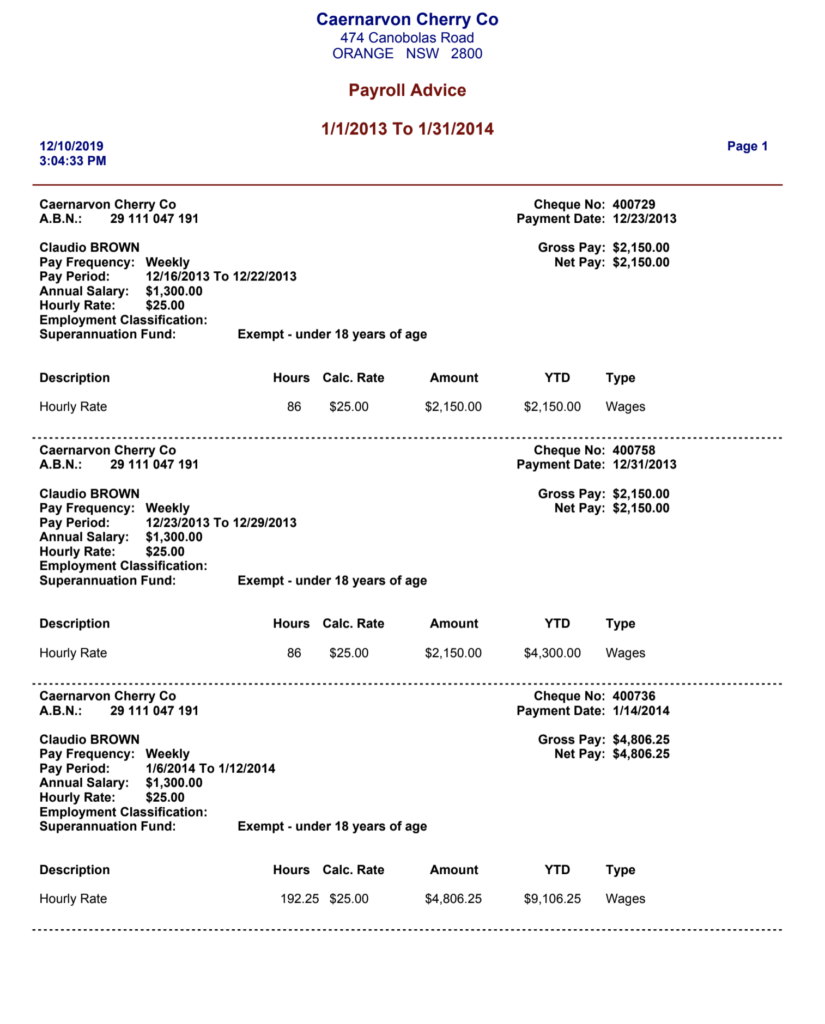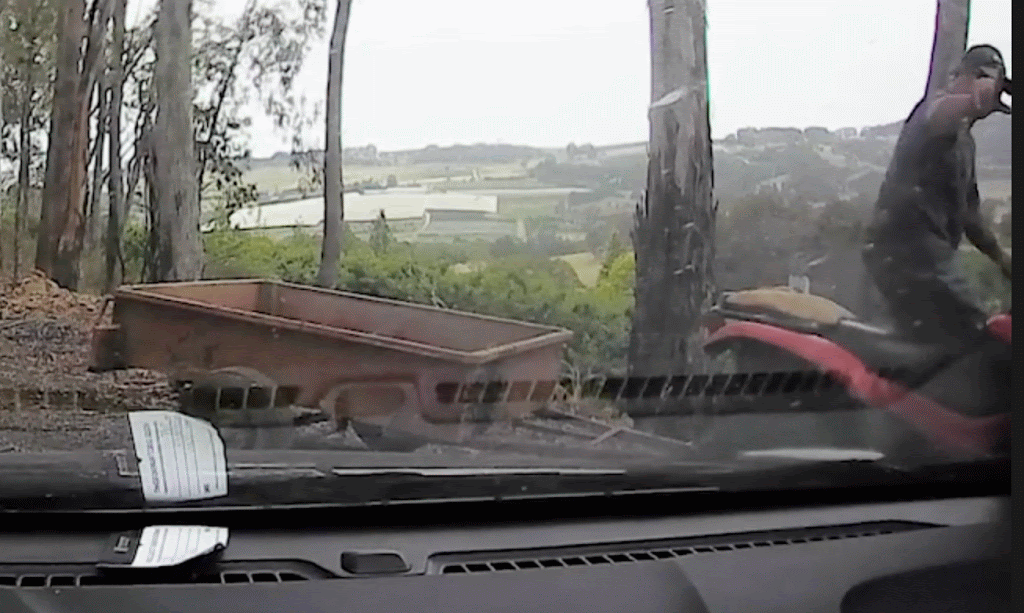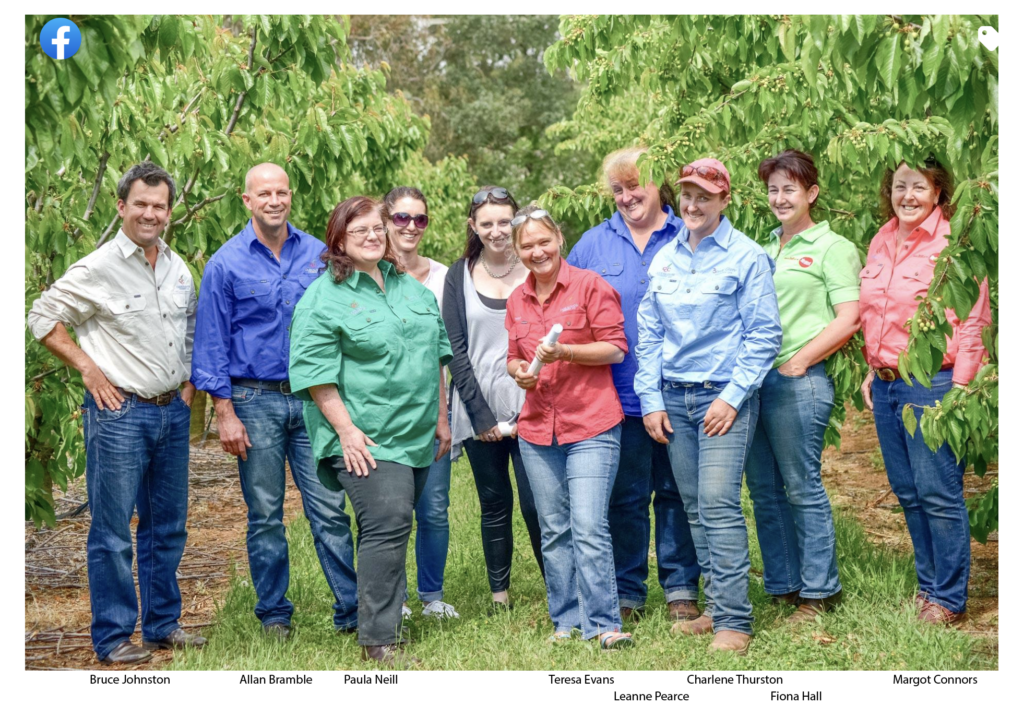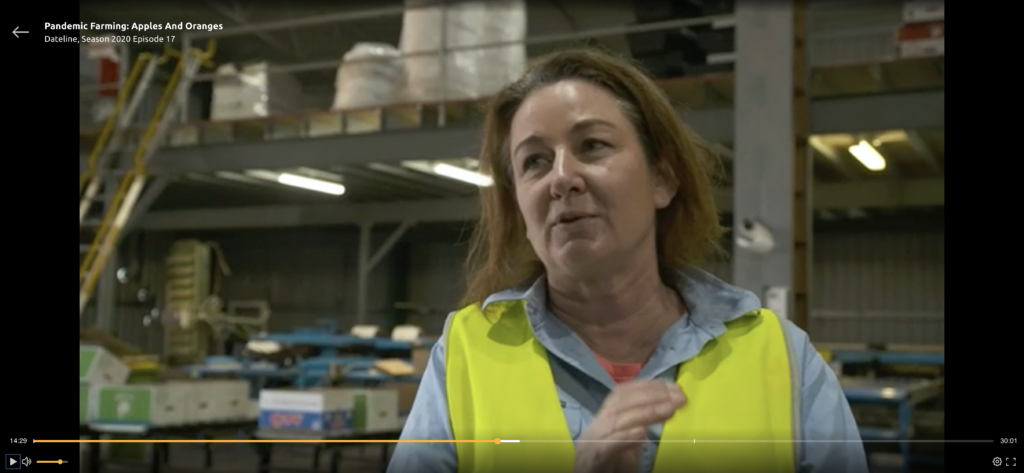Fiona Hall (packing her bags) - profile
Current projects
Past projects
Blog
Case note
Assignment of chose in action
Assignment of debt
5R's
Defendant profile
books and records
Andrew Gartrell
Angela Gartrell
Caernarvon Cherry
podcasts
Video
Defendant profiles
Wage Theft
Corporate insolvency
Nuffield Australia
Class Action
legal concepts
Hall family
Liquidation
director's duties
debt
DCPLH projects
Bonny Glen (in liquidation)
Homeward Bound Holdings
AB Gartrell Philippines
Corporate villains
AB Gartrell
Business Blog
Biteriot
Fiona Hall
Fruit Growing
Nuffield Scholarship
Cheryl Adams
Business Finance Blog
Biteriot Operations


